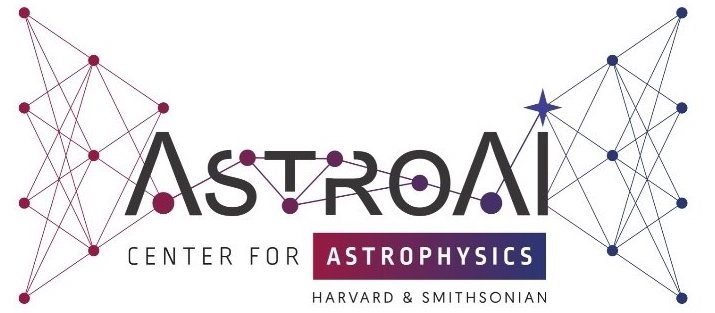AstroAI Workshop 2025
Bradley Hutchinson
A Sequential Unsupervised Learning Approach for Large, Multicolor, Photometric Surveys
Presenter: Bradley Hutchinson
Title: A Sequential Unsupervised Learning Approach for Large, Multicolor, Photometric Surveys
Date/Time: Monday, July 7th, 3:30 - 5:00 PM
Abstract: Observational astronomy has undergone a significant transformation driven by large-scale surveys, such as the Panoramic Survey Telescope and Rapid Response System (Pan-STARRS) Survey, the Sloan Digital Sky Survey (SDSS), and the Gaia Mission. These programs yield data sets of immense volume and complexity that pose significant challenges for conventional analysis methods, and in an attempt to address these challenges, many different machine learning techniques are being tested and deployed. We introduce a new approach to analyzing multiband photometry by using a long-short term memory autoencoder (LSTM-AE). This model views mean measurements of multicolor photometry as a sequence in wavelength in order to encode patterns present in the stars’ spectral energy distributions (SEDs) into a two-dimensional latent space. We showcase this by using Pan-STARRS grizy mean magnitudes, and we use globular clusters, labels from SIMBAD, Gaia DR3 parallaxes, and PanSTARRS images to aid our analysis and understanding of the latent space. For 3,112,259 stars in an annulus around the North Galactic Cap, 99.51% have their full SED shape reconstructed—that is the absolute difference between the observed and the model predicted magnitude in every band—within five hundredths of a magnitude. We show that the model likely denoises photometric data, potentially improving the quality of measurements. Furthermore, we show that the detection of rare stellar types can be performed by analyzing poorly reconstructed photometry. This technique handles big datasets efficiently and presents a novel application of machine learning for analyzing astronomical data produced by large, multiband, photometric surveys.
